Acceleration (0 - 100 km/h)
< 5 Seconds
Top Speed
120 km/h
Fuel Cell Power
8.8 kW (12 hp)
Boost Power
35 kW (48 hp)
Weight
232 kg
Size
235 x 150 cm

Forze III.
The choice of innovation.
One year after the completion of the Forze II and a handful of races worldwide, the team was designing a new vehicle to participate in the third consecutive year of the Formula Zero Championship. The technical goal of the Forze III was to improve in the field of reliability, weight, power and control. The design of the Forze II was critically reviewed and there was plenty of room for improvement. The team was able to test new components on the Forze II platform and was therefore able to test them thoroughly.
On 14 July 2010, the Forze III was introduced to the public in the city centre of The Hague. Ho Pin Tung, Formula One test driver for Renault was the person to drive the first meters with the brand new car in front of the press and public. The introduction of the Forze III attracted a lot of publicity and was a great success. The new Forze III consisted out of an increase in fuel cell power and an improved electronic system which was ligther and ‘smarter’ than its predecessors.
During the development of the Forze III, the team also started with the development of a self-designed fuel cell system to compete in the Formula Student class with the upcoming Forze IV.


Goals.
Due to the optimized control system in the Forze III, the team was able to improve the fuel cell power by 10%. A new DC/DC converter has been used for more reliability and adjustability. With the use of different motor controllers, it was possible to use kinetic energy from the rear wheels to fill up the energy buffer. The new buffer is larger compared to the one used in the Forze II due to the increase of the boost caps (40 instead of 32).
The bodywork of the Forze III is extremely lightweight which has been achieved by the creation of a new production method which consists out of a frame and special stretch fabrics to create organic shapes. The whole bodywork has been painted by Deurloo Autoschade and Glasurit.

Achievements.
In 2011, the Forze III competed against a combustion go-kart at the Dutch Grand Prix which was organized in the centre of The Hague by the team itself. Other Formula Zero teams were invited to this event but due to technical and financial problems they were unable to compete against the Forze III.
Besides this event, the Forze III has been used for multiple other events in and outside the Netherlands. The Forze III drove through the centre of Rotterdam during the Bavaria City Race, in Berlin during the Challenge Bibendum and in Aruba.
